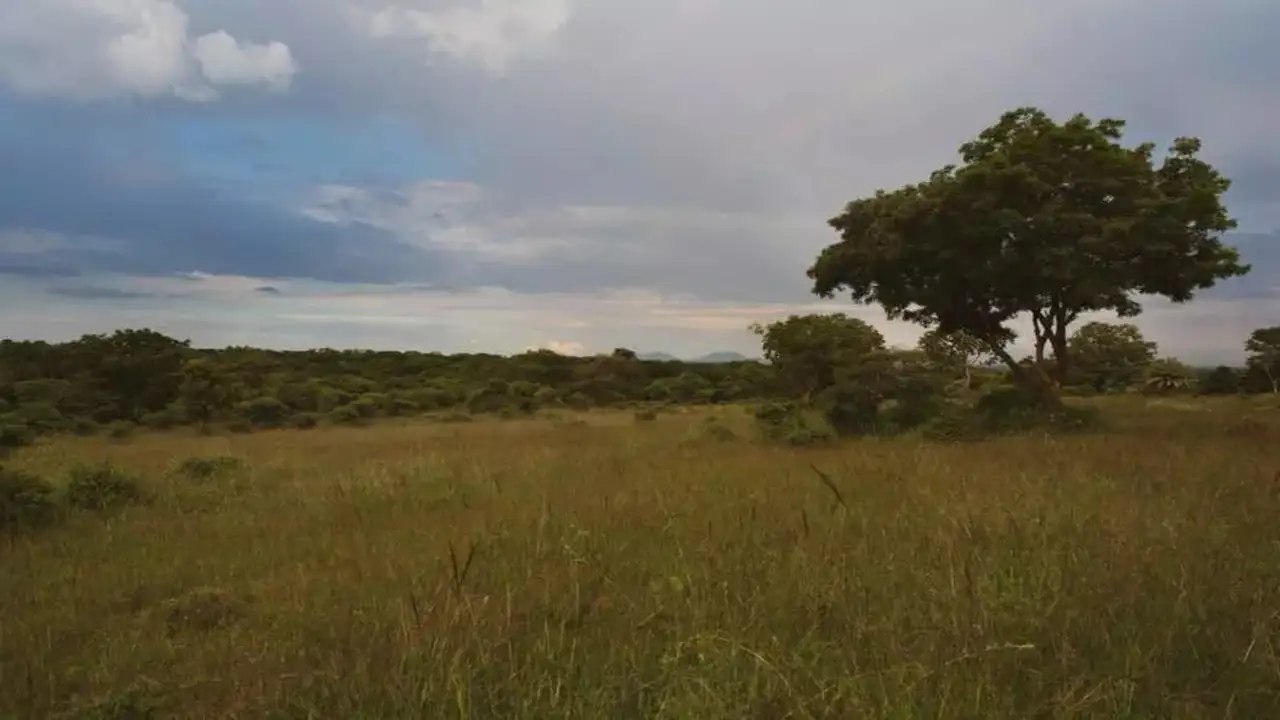- Courses
- GS Full Course 1 Year
- GS Full Course 2 Year
- GS Full Course 3 Year
- GS Full Course Till Selection
- Online Program
- GS Recorded Course
- NCERT (Recorded 500+ Hours)
- Polity Recorded Course
- Geography Recorded Course
- Economy Recorded Course
- AMAC Recorded Course
- Modern India, Post Independence & World History
- Environment Recoded Course
- Governance Recoded Course
- Science & Tech. Recoded Course
- International Relations and Internal Security Recorded Course
- Disaster Management Module Course
- Ethics Recoded Course
- Essay Recoded Course
- Current Affairs Recoded Course
- CSAT
- 5 LAYERED ARJUNA Mentorship
- Public Administration Optional
- ABOUT US
- OUR TOPPERS
- TEST SERIES
- FREE STUDY MATERIAL
- VIDEOS
- CONTACT US
CAMEROON ADOPTS THE NAGOYA PROTOCOL
CAMEROON ADOPTS THE NAGOYA PROTOCOL
09-02-2024
In February,2024 the African country Cameroon adopted the Nagoya Protocol on Access and Benefit-Sharing, a pact that is part of the United Nations Convention on Biological Diversity (UNCBD).
What was the Need for Cameroon to Adopt Nagoya Protocol?
-
Safeguarding Indigenous knowledge:
- A vast array of plants, animals, and microorganisms are carriers of valuable genetic data or resources, including genes essential for developing pharmaceuticals or agricultural products.
- The collective knowledge, innovations, and customs of indigenous and local groups associated with these resources are referred to as traditional knowledge.
- A vast array of plants, animals, and microorganisms are carriers of valuable genetic data or resources, including genes essential for developing pharmaceuticals or agricultural products.
-
Mitigating Biopiracy and Promoting Equitable Resource Distribution:
- Genetic materials and traditional insights hold significant potential for bioprospecting — the pursuit of discovering novel applications in biology for drugs, food, and various other products. This endeavor not only aids in the identification of new resources but also supports the conservation and sustainable utilization of biodiversity.
-
For Example:
- The Prunus Africana plant from Cameroon is used to make prostate cancer medicine. While companies buy the plant for only USD 2.11 per kilogram, they sell the medicine made from it for USD 405.
- Cameroon's Bush Mango offers a treasure trove of medicinal benefits. Its leaves, roots, and bark are utilized in remedies for skin ailments and discomfort. Moreover, the fruit has caught the attention of pharmaceutical and cosmetic businesses in Europe.
-
- Genetic materials and traditional insights hold significant potential for bioprospecting — the pursuit of discovering novel applications in biology for drugs, food, and various other products. This endeavor not only aids in the identification of new resources but also supports the conservation and sustainable utilization of biodiversity.
-
Community Impact:
- Local communities did not receive financial benefits from the profits generated by companies harvesting plants.
- How Nagoya Protocol Adoption benefits the locals: Supports the protection of indigenous and local communities' rights and interests, promoting innovation and development rooted in biodiversity.
What is the Nagoya Protocol Under UNCBD?
-
Convention on Biological Diversity (CBD):
- CBD Overview: The Convention on Biological Diversity (CBD) is an international treaty aimed at biodiversity conservation, effective since 1993, with three primary goals:
- Sustainable utilization of biological diversity components
- Equitable sharing of benefits from genetic resource use
- Global Participation: Almost every nation has ratified the CBD, with the notable exception of the United States, which has signed but not ratified the treaty.
- India's Implementation: To align with the CBD, India introduced the Biological Diversity Act in 2002.
- Administrative Hub: The CBD Secretariat, responsible for the treaty's administration, is located in Montreal, Canada, and functions under the United Nations Environment Programme.
- International Meetings: Parties to the CBD convene periodically in meetings known as the Conference of Parties (COP) to discuss progress and plan future actions.
- Cartagena Protocol on Biosafety: In 2000, this additional agreement was established to address the potential risks to biodiversity from living modified organisms produced by modern biotechnology.
- CBD Overview: The Convention on Biological Diversity (CBD) is an international treaty aimed at biodiversity conservation, effective since 1993, with three primary goals:
-
Nagoya Protocol:
- Nagoya Protocol Adoption: In 2010, during the 10th Conference of Parties (COP10) in Nagoya, Japan, the Nagoya Protocol on Access to Genetic Resources and the Fair and Equitable Sharing of Benefits Arising from their Utilization (ABS) was established.
- Scope of Application: The protocol extends to genetic resources under the CBD and their utilization benefits, including traditional knowledge (TK) related to genetic resources covered by the CBD and the benefits of utilizing such knowledge.
- Framework for Biodiversity Conservation: COP-10 also introduced a decade-long action plan for countries to conserve biodiversity, known as the “Strategic Plan for Biodiversity 2011-2020”, featuring the Aichi Targets—20 specific, achievable goals for biodiversity.
- Kunming-Montreal Global Biodiversity Framework (GBF): Adopted at the 15th Conference of Parties, this framework outlines four main goals to be reached by 2050 and sets twenty-three targets for 2030 to guide global biodiversity efforts.
- India's Engagement:
- India became a signatory to the Nagoya Protocol in 2011 and officially ratified it in October 2012.
- The ratification took place during the 11th Conference of Parties (COP) to the CBD, held in Hyderabad, India.
Coverage under the Protocol
- Application to Genetic Resources: The Nagoya Protocol is applicable to genetic resources within the scope of the CBD, including the advantages derived from their use.
- Inclusion of Traditional Knowledge: Additionally, the protocol encompasses traditional knowledge (TK) linked with genetic resources under the CBD and the benefits of leveraging such knowledge.
Importance of Nagoya Protocol
- Enhancing Legal Clarity: The Nagoya Protocol aims to increase legal certainty and transparency for both providers and users of genetic resources by:
- Setting more predictable conditions for accessing genetic resources.
- Ensuring that benefits are shared when genetic resources are utilized outside the provider country.
- Promoting Conservation and Sustainable Use: Through facilitating benefit-sharing, the protocol incentivizes the conservation and sustainable utilization of genetic resources, thereby boosting biodiversity's contribution to development and human well-being.



